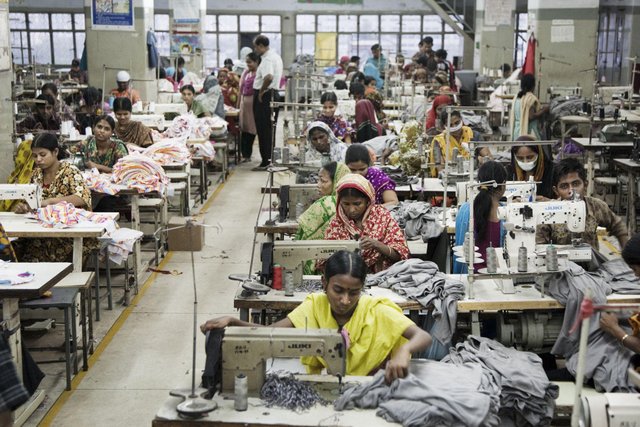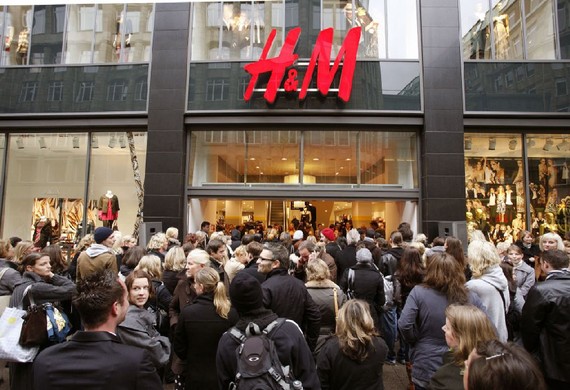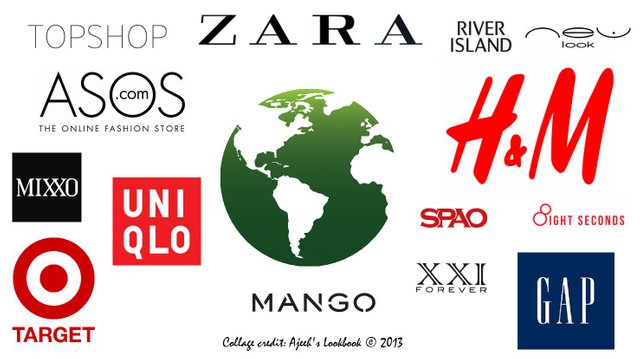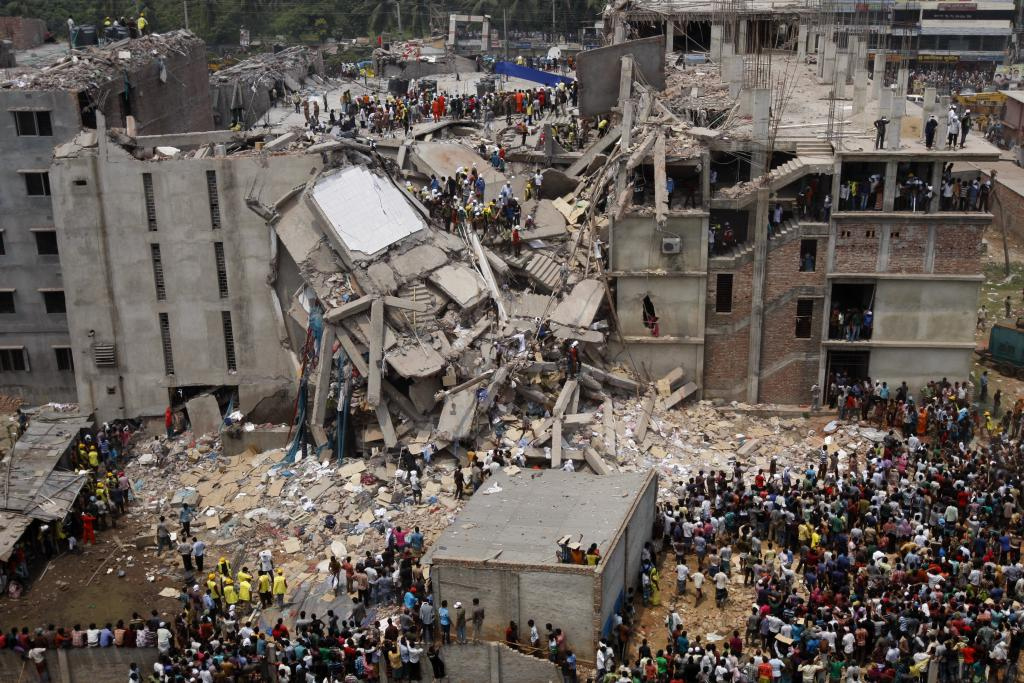Wh♡t is Fast Fa$hion?


What is Fast Fashion?
Fast fashion is the constant turnover of the 'latest' styles. Fast Fashion is the jump from 2 wardrobe seasons a year to 52.
I read there are 150 billion new garments created every year!
In the 60's the average American invested in 25 new articles of clothing a year with about 10% of their income. Most of those pieces were American made. Today we consume around 3x that amount using on average less than 2% of our income! Holy shit, that's cheap. There has also been an 80% drop in apparel manufacturing jobs in the USA. Hmmm, why is that? Fast Fashion.
So how did this all start?
A catalyst was the removal of trade barriers allowing more imports and financial incentives for companies to globalize brands and begin a trend of cheaper clothing, materials, and labour. This means that producers have turned to countries like China, Bangladesh, India, Indonesia, Cambodia, Honduras, Vietnam, Pakistan, or Mexico for clothing production... and not on good terms.
What does this look like?

One in six people work in the apparel industry, 80% of which are women and 98% not receiving a living wage. Often factories found in these places host unsafe and undesirable working conditions. Some of these cases have lead to devastating accidents such as the Rana Plaza building collapse in Bangladesh in 2013, where 1129 people died. April 24th is Fashion Revolution Day, in memory of this incident.
80% of the Bangladesh economy is constituted by the Ready Made Garment industry. Within this industry we see employees labeled as 'apprentices' or 'trainees', granting them under half of the minimum wage.
How could it ever make sense to by 3 shirts for $10 when they were manufactured around the world (fabric production, dying, sewing, packaging), shipped to your location, and sold by departments stores all under that budget?!
It is easy to see the math does not add up. Although the transparency isn't offered, if your heart cares to look you can still see it.

What da' hell is a Shadow Factory?
Ranna Plaza was one of many of what we call 'Shadow Factories'. When Big brands make Big commitments that their regular manufacturers cannot fulfill, jobs are past off to Shadow Factories. These workshops are usually unregistered, unregulated, and hidden. They can be found with no toilets, no fire escapes, and employees working unethical hours. Workers are often young women, away from their families and sleeping in crowded, unsanitary conditions.
For decades big brands have continued to deny awareness of this taking place, however in the Rana Plaza rubble was found articles of clothing being produced for some of these companies!
Auditors are sent to inspect production standards for these fast fashion brands, but what they are typically shown are 5 star factories and not these lil' guys which are out-sourced. Whether these brands actually do know what is taking place or not, it is happening and more of an effort needs to be made to make sure that situations such as these seise to exist!
After the Rana Plaza accident some brand names from North America and Europe, including Walmart and Gap, launched 'the Alliance for Bangladesh worker Safety', instead of joining the pre-existing 'Bangladesh Accord on Fire and Building Safety'.
Basically starting their own alliance instead of joining the one binding by law allowing them freedom to continue practices in whatever way they see 'fit' or for better words 'can get away with'. Although grants adding to $42 million and $100 million in low-interest loans to upgrade factories has been provided, a recent New York University report showed that they are only focusing on direct contractors (like the 5 stars mentioned). The inspections account for only 27% of factories in the country, leaving nearly 3 million shadow factory workers unseen and without aid.
Fast Fashion companies continue to drive down prices, putting huge amounts of pressure on manufacturers and continuing the cycle.
So how can we help?
Lets take a look. We have a large amount of the population (mostly women), working in unregulated, unsafe buildings for a wage they can barley survive on. They are producing clothing which is not only greatly polluting our Earth and natural resources, but our bodies as well!
If this doesn't sit right with you, there is plenty we can do.
Be the change you want to see in the world. Look at your labels. Check where your clothing is coming from. Think about the prices of the articles you are buying and whether they make sense. Only buy articles that you know you will wear 30 times. This insures quality and that you will only purchase things you truly Love. As with everything, the change starts within the individual.
Your power is so immense. Together we can raise the vhybration and shine light into the dark.
You are beautiful.
Let what you chose to wear shine that Beauty and Love.